The square shaped hole of a mortise and tenon joint is quite difficult to cut by hand, because it requires time, precision and skill to cut accurately.
Of course, if you’re only cutting one or two mortises during a project, it’s totally okay to use just a chisel and mallet. But if you’re cutting many, then using a machine called a mortiser is probably your best option.
With a good mortiser in hand, one can cut several precise square holes in minutes, saving time and effort.
There are different types you can choose from which are shown below.
Table of Contents
Benchtop or Square Chisel Mortisers
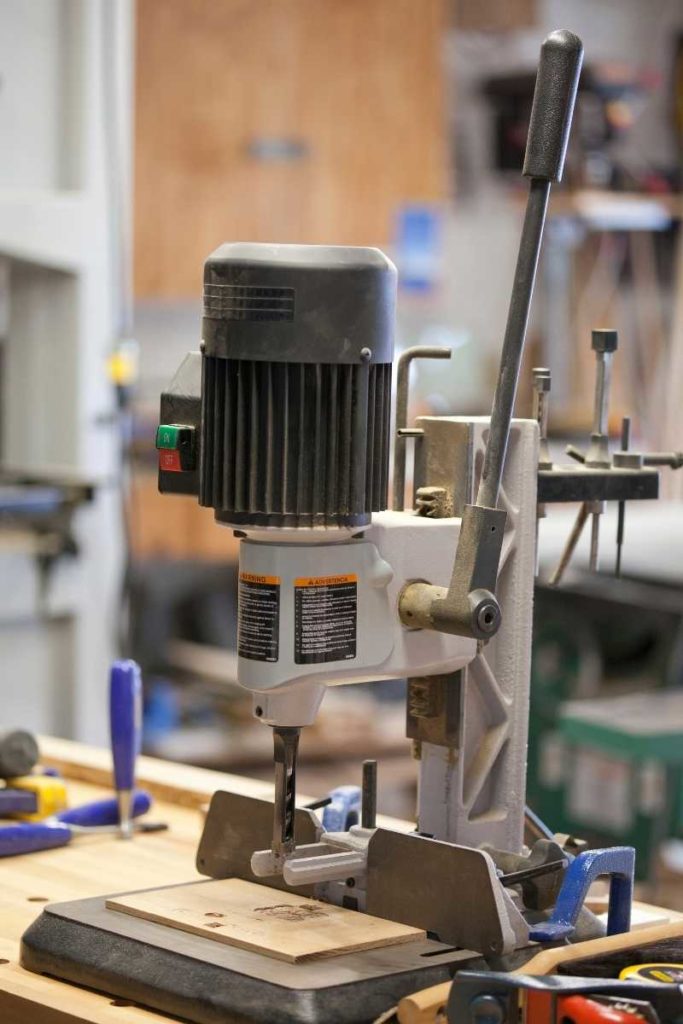
The benchtop or square chisel mortiser is one of the most common power tool for cutting accurate mortises today.
It’s more like a drill press, but instead of a simple drill bit, it makes use of a hollow chisel and bits that allows the user to drill square holes into the work piece.
The drill bit goes through the hollow chisel, helping to drill into the workpiece and clear out the waste material, while the square chisel cleans up the edges of the hole created.
Like I said earlier, these are the most common models you can choose from, and if you’re just starting out, I’d recommend you pick one of these.
If you’re not doing anything extravagant, a square-chisel unit will provide you the capacity to cut almost any type of mortise for your projects.
Horizontal mortisers
Horizontal mortisers are mostly cabinet styled units. It usually comprises of a router mounted horizontally on its side, while the work piece is clamped on a stationary table next to it.
The bit of the router is aligned with the work piece where the cut is needed, and using a system of levers, the router is moved to and fro through the cut, until the whole slot is complete.
Horizontal mortisers are usually more expensive compared to the benchtop units. They’re also more complex with more moving parts to help allow the router bit with the work piece.
Depending on the model, it also accepts a square chisel bit, which allows it to be used for cutting traditional mortises with square sides, instead of just cutting slots with rounded edges.
Chain mortisers

If you want to cut mortises in large dense timber, such as when making timber frame construction or log home buildings, a chain mortiser is the best option to go for.
It looks very much like a tiny chainsaw with a plunge capacity like that of a plunge router.
In order to use it, the chain mortiser frame is clamped to the log or large timber, it’s switched on, and then the chain is plunged right into the material to cut out the volume required to make the mortise. The chains usually come in different widths so different sizes of slots can be cut with it.
With that said, the following are some of the best mortisers we’ve reviewed and recommend for carpentry and furniture purposes.
1. JET JBM-5 1HP Benchtop Mortiser
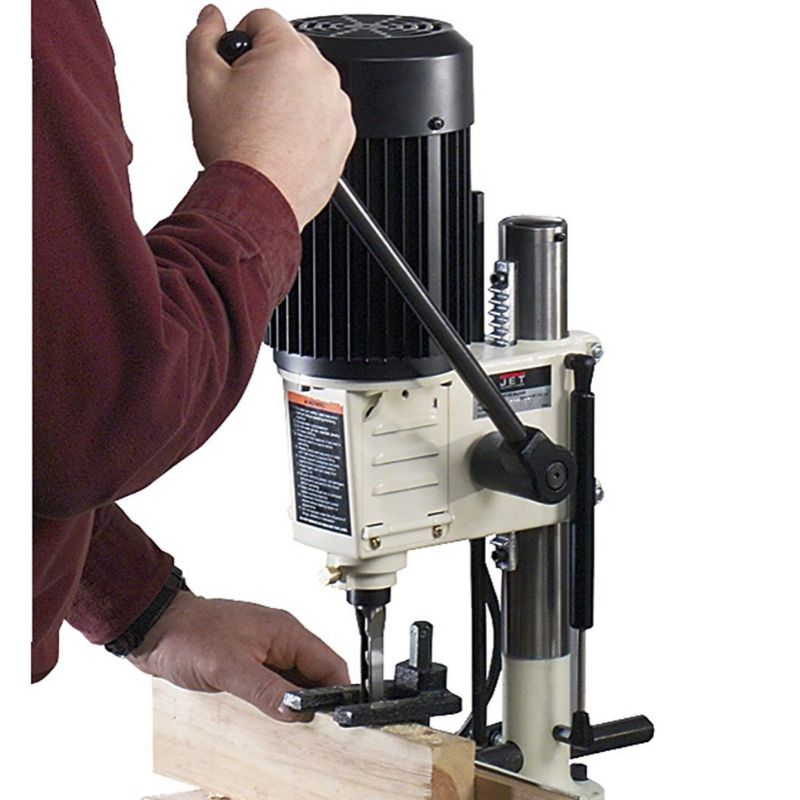
The JET JBM-5 stands is one of the best benchtop square-chisel mortiser that will make your job easier as a carpenter or furniture maker.
It’s capable of using up to a ½ inch chisel bit, powered by a ½ HP induction motor, which makes it ideal to cut through both hard and softwood with ease.
Featured is a rack and pinion head adjustment system which makes it very easy to position the drill bit exactly where the cut needs to be made.
The mortising handle is long and easy to use, ensuring minimum force is needed to plunge the bit into the work piece.
Featured also is a three-jaw chuck which holds the mortising bits firmly during use.
As with most JET products, the build quality of the JET JBM-5 is top-notch. It’s made with heavy duty cast iron and steel components, which makes it very stable when making cuts.
2. RIKON Power Tools Benchtop X/Y Mortiser
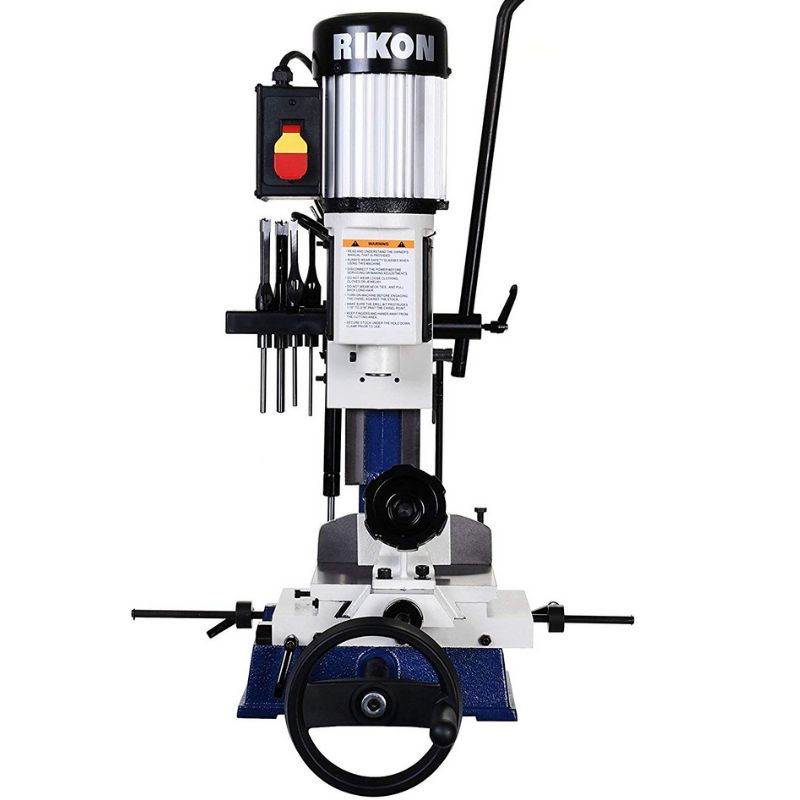
Rikon’s benchtop mortiser is equipped with a ½ horse power capable of producing 1750 rpm of speed to cut mortises through even the most hardest of woods.
It features an X-Y directional table with stops which helps you control the workpiece in the X-Y direction and offers you full control of the workpiece as you bore your mortises.
3. Powermatic 719T Tilt Table Mortiser
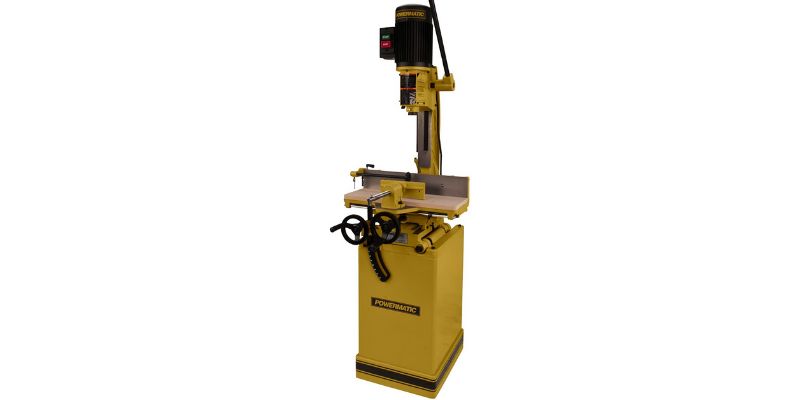
If you need dedicated workhorse mortiser to produce mortises day in and day out, one of the best units I’ll recommend is this Powermatic 719T.
The Powermatic 719T is a stationary cabinet style workhorse designed to help any professional woodworker cut mortises efficiently in the workshop.
It’s constructed with heavy cast iron for stability during operation and to ensure it stands the test of time.
The feed lever allows 6 quick position adjustments which makes it easier to make different types of angled cuts.
It comes equipped with a gas cylinder-controlled rack and pinion head raising and lowering mechanism which makes it very easy to operate.
The table and fence can be tilted from 0 to 35 degrees for even more complex applications.
Overall, the Powermatic 719T is definitely one of the best cabinet units we reviewed.
4. Makita 7104L 10.5 Amp chain mortiser
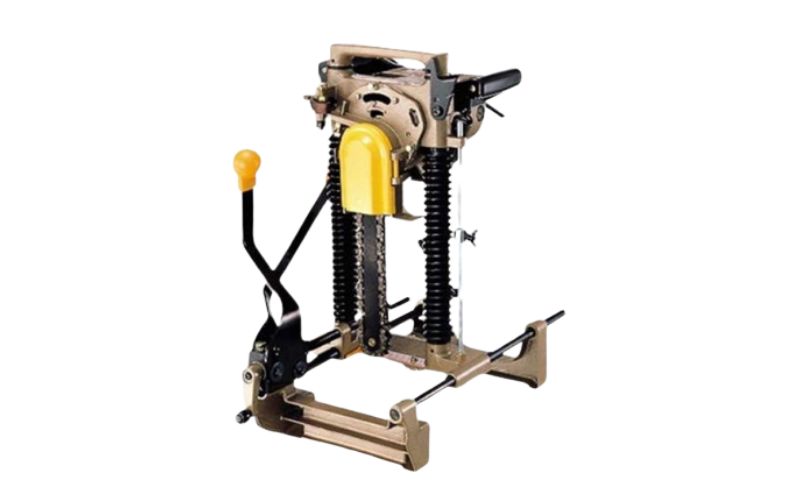
If you need a chain mortiser to cut mortises in large dense lumber, the Makita 7104L is definitely one of the best ones you can bet your money on.
Equipped with a 10.5 Amp motor, it’s capable of producing a speed of 3,200 rpm and bore rectangular holes through thick and dense lumber easily.
With it, you can cut lap joints up to 5-1/8 inches in size. It comes with an adjustable vise which can attach to logs as large as 12-1/8 inches in thickness.
The razor sharp chains it comes with, capable of cutting at speeds of 1000 ft/min means you can make clean and accurate cuts with it all day without any trouble.
For a power tool with these features, the Makita 7104L weighs just 38.1 lbs which is very portable if you ask me.
Included in the kit is a cutter chain, a sharpening holder, a wrench to set it up and oil to get it running as smooth as possible.
5. Mafell LS 103Ec Chain Mortiser

Mafell prides their LS 103Ec chain mortiser as the fastest because it does not require it to be clamped to wood or timber before cuts can be made.
It saves time and helps you get more done because unlike the Makita, you don’t have to clamp it to the lumber you’re working on.
The chain in the Mafell cuts in the crosscutting direction, so immediately you set it down and start cutting, it literally hugs the lumber and stays put until you finish cutting the slot.
It comes in 120V and 240V depending on what you want. The chain bar is also available in 1.5 inches and 2.0 inches as per your specs.
The chain is chrome-hardened and does not require lubrication before use. It has a max mortising depth of 5-7/8 inches which is quite large.
Talking about chain mortisers, Mafell invented the first one in 1926, and today their LS 103Ec is undoubtedly still one of the best ones you can get your hands on.
Note About Cutting Mortises and Tenons
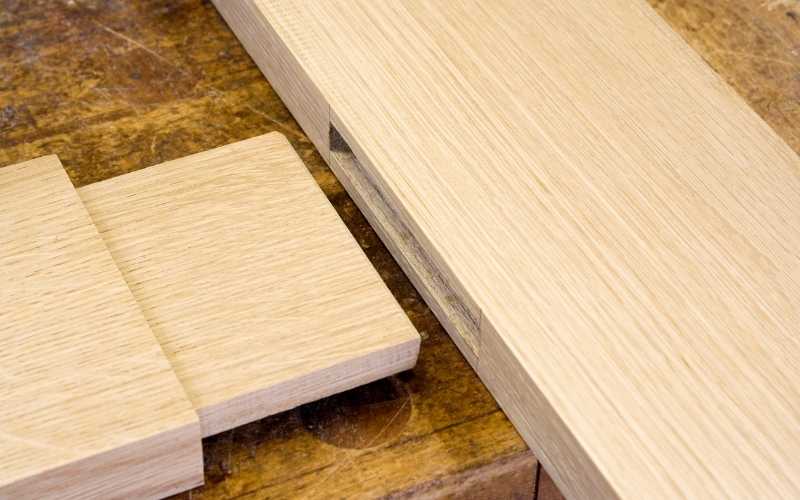
Here’s a rule of tumb when cutting mortise and tenons. Always cut the mortise first and cut the tenon second.
This is because you’ll find it much easier to shape the tenon to fit into the mortise than to cut the tenon first and try to cut the mortise to accommodate the tenon.
You might end up cutting the mortise too large and ruin your work. So, always try to cut the mortise first before the tenon.
For cutting the tenons, you can use a tenoning jig like this Grizzly industrial tenoning jig below, or you can make your own tenoning jig as shown in the video below.
Related: The 5 Best Dovetail Jigs for Cutting Dovetail Joints
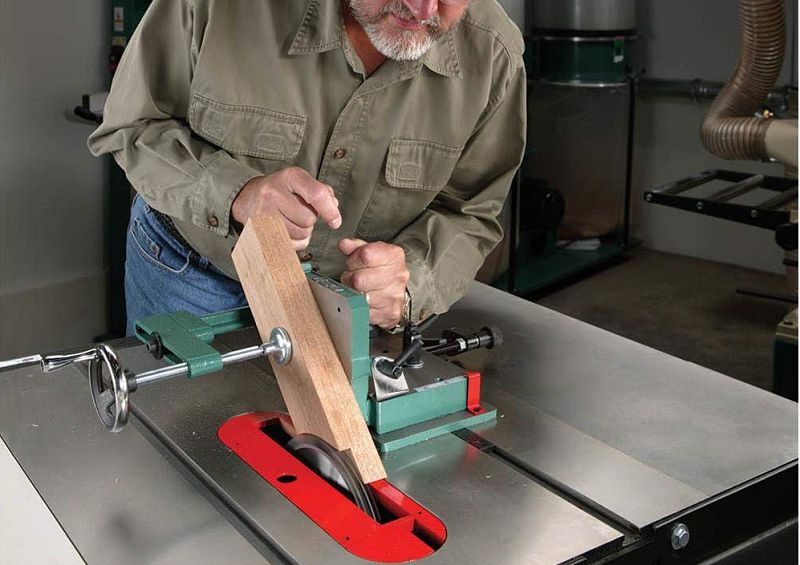
The Grizzly industrial H7583 tenoning jig will fit right into your table saw miter slot as long as it’s a T-shaped miter slot.
With it you can make accurate and repeatable tenons easily.

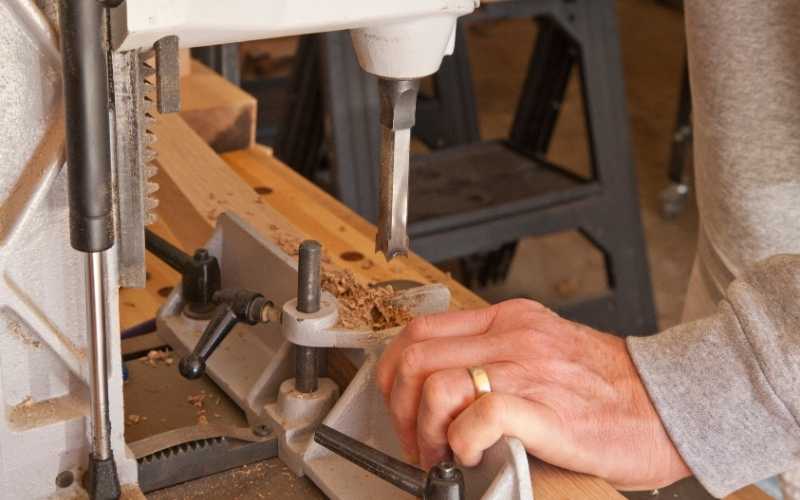
why the contradictory statements above?
Here’s a rule of tumb when cutting mortise and tenon joints. Always cut the mortise first and cut the tenon second.
This is because you’ll find it much easier to shape the tenon to fit into the mortise than to cut the tenon first and try to cut the mortise to accommodate the tenon.
You might end up cutting the mortise too large and ruin your work. So, always try to cut the tenons first before the mortise.
Corrected. Thanks for pointing it out, Abhay.